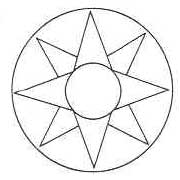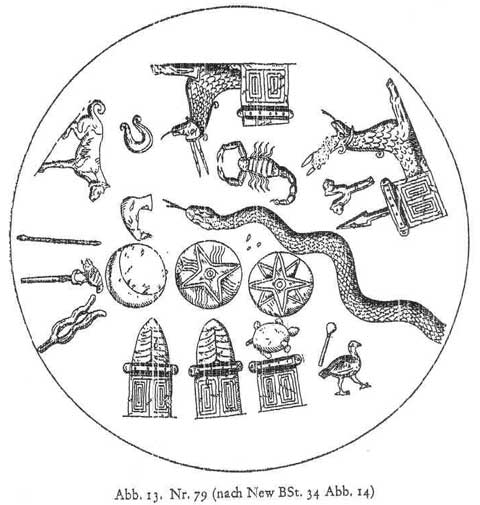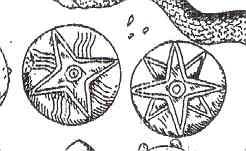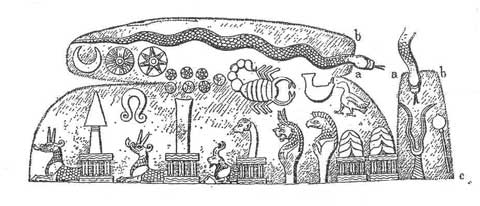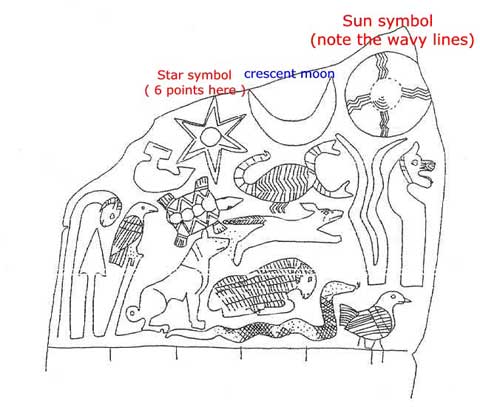mk1krv1
Top-Poster
Ein weiterer Grund warum die Mazedonier und Griechen sich streiten ist die Sonne von Vergina...Die Greichen sind der Meinung das die Sonne sei eigentlich ein Stern der die 12 Götter und die Elemente (Feuer,Wasser,Erde,Luft) symbolisiert...Jedoch hatten antike Makedonier keine greichische Götter sondern eigene wie z.B: Ile,Dion,Maenad,Ma etc. Außerdem wurde es von dem Griechischen Philosophen Herotedus bewiesen das die griechischen Götter eigentlich ägyptische Götter mit griechischen Namen sind... Ende der Diskussion!
Die Griechen sind ebenfalls der Meinung das die Sonne von Vergina nicht in Mazedonien gefunden wird...Ich bin anderer Meinung und hab ein bisschen nachgeforscht und das hier gefunden :
Antike Ausgrabungen aus Stobi (bitola) und Ohrid:



In Kirchen :



Noch was interessantes : Die Flagge die Mazedonien verwendet ist eigentlich eine Vereinfachung von der Sonne von Vergina..Natürlich wissen das die Griechen nicht ,denn die wissen ja auch nicht mal was die Sonne bedeutet !
Hier der Beweis
genau die gleiche Sonne wie die Mazedonische Flagge :
Die Griechen sind ebenfalls der Meinung das die Sonne von Vergina nicht in Mazedonien gefunden wird...Ich bin anderer Meinung und hab ein bisschen nachgeforscht und das hier gefunden :
Antike Ausgrabungen aus Stobi (bitola) und Ohrid:



In Kirchen :



Noch was interessantes : Die Flagge die Mazedonien verwendet ist eigentlich eine Vereinfachung von der Sonne von Vergina..Natürlich wissen das die Griechen nicht ,denn die wissen ja auch nicht mal was die Sonne bedeutet !
Hier der Beweis
Sie haben keine Berechtigung Anhänge anzusehen. Anhänge sind ausgeblendet.
genau die gleiche Sonne wie die Mazedonische Flagge :
Sie haben keine Berechtigung Anhänge anzusehen. Anhänge sind ausgeblendet.













